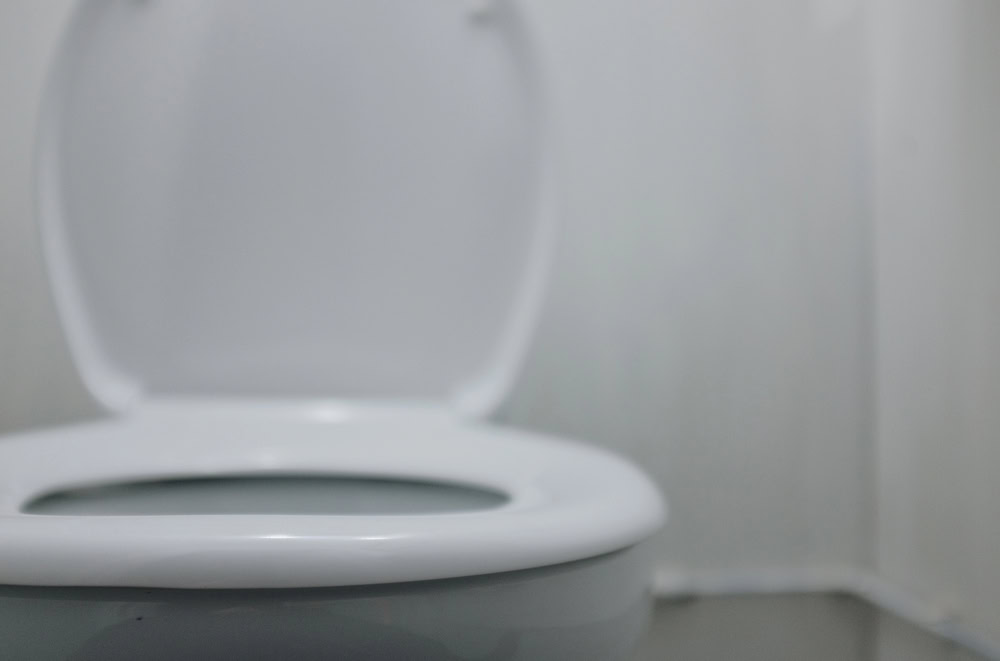A toilet that won’t fill with water can be an annoying and inconvenient issue. Understanding the underlying causes can help you troubleshoot the problem effectively.
Let’s take a closer look at the reasons and solutions for a toilet that is refusing to refill.
Common Causes of Toilet Water Issues
When your toilet stops filling with water, it’s often due to one of several common issues.
The most frequent culprits include problems with the water supply, the toilet tank components, or even plumbing mishaps. Knowing what to check first can save you time and frustration.
Water Supply Concerns
The most straightforward reason for a toilet not filling may simply be related to the water supply. This can involve a shut-off valve that has been accidentally closed or an issue with the water line itself.
Sometimes, a construction project nearby can inadvertently disrupt your water supply. Checking the valve to see if it’s fully open is a good first step.
Clogged Fill Valve
If the water supply is indeed flowing to the toilet, the next suspect is the fill valve. Over time, mineral buildup can clog this valve, preventing water from entering the tank.
A clogged fill valve can mimic a closed water supply line. Regular maintenance, including cleaning or replacing the fill valve, can resolve this issue effectively.
Inspecting the Toilet Tank Components

Inside the tank of your toilet, several components work together to manage water flow.
If any one of these parts malfunctions, it can lead to a lack of water filling the toilet bowl. Let’s explore the components that could be causing trouble.
Float Mechanism Issues
The float mechanism is a critical part of the toilet’s filling process. It rises with the water level, signaling the fill valve to close once it reaches a certain height.
If the float is stuck or set too low, the tank may never fill. Adjusting the float arm or replacing it if damaged can fix the issue quickly.
Faulty Fill Valve
A faulty fill valve can prevent water flow altogether. If you hear the fill valve trying to work but there’s no sound of water entering the tank, this may indicate that the valve itself has malfunctioned.
Replacing the fill valve is usually a straightforward task and can restore proper functionality.
Examining the Supply Line
The supply line delivers water from your home’s plumbing to the toilet. If this line is kinked or damaged, it may hinder water flow. It’s worth inspecting the line for any visible issues or leaks.
If you discover damage to your supply line, contacting a reliable cincinnati plumber is recommended to ensure proper installation of a replacement.
Shut-Off Valve Problems
A shut-off valve that is partially closed can also restrict water flow. Located near the base of the toilet, this valve allows you to stop water flow for repairs.
A partially closed valve can result in the tank filling slowly or not filling at all. Checking and adjusting this valve is a simple way to rule out a common issue.
Addressing Plumbing Problems
If you’ve explored all the internal components and the water supply, there may be larger plumbing issues at play. These problems can be more complex and may require professional help.
Blocked Drain Lines
Sometimes, the issue could be related to a blockage in the drain lines. A blockage can create a backup, affecting the toilet’s ability to fill properly.
Should this be the issue, a professional plumber can evaluate and remove any blockages.
Low Water Pressure
Another potential plumbing issue could be low water pressure in your home. Low pressure can affect multiple fixtures, including your toilet.
If you notice problems in other areas, it might be worth checking with your water provider to see if there are any known issues or if you need to investigate your plumbing system further.
Seasonal Considerations
Seasonal changes can impact your plumbing and, in turn, your toilet’s ability to fill. In colder months, pipes can freeze, leading to reduced or halted water flow.
Be mindful of weather changes and take precautions like insulating exposed pipes to prevent such issues.
Maintenance Tips for a Functional Toilet
Regular maintenance can extend the life of your toilet and prevent many of the problems discussed. Implementing a few simple tasks can keep everything running smoothly.
Routine Checks
Taking the time to do periodic checks on your toilet can help you catch issues before they escalate. Look at the fill valve, inspect the float, and ensure the supply line is intact.
A little attention can go a long way in avoiding larger problems down the line.
Cleaning the Components
Mineral buildup can occur within the toilet tank, affecting performance. Clean the components regularly to prevent clogs and ensure smooth operation.
Use vinegar or a similar cleaner to help dissolve buildup without damaging the parts.
Signs You Need Help
If you notice water pooling around the base of the toilet, persistent low water pressure, or any other unusual signs, don’t hesitate. These indicators often point to more significant plumbing issues that require expert attention.
DIY Repairs for Common Problems
While some issues are best left to professionals, many common problems can be handled with basic tools and a little know-how.
Replacing the Fill Valve
If you determine that the fill valve is faulty, replacing it is a manageable task. Make sure to turn off the water supply and flush the toilet to empty the tank.
Detach the old fill valve and install the new one according to the manufacturer’s instructions. This straightforward repair can restore your toilet’s filling capability.
Adjusting the Float
If the float is the issue, adjusting its height is usually a simple fix. Depending on your toilet model, this might involve bending a rod or adjusting a screw.
A few quick adjustments can make a world of difference.


